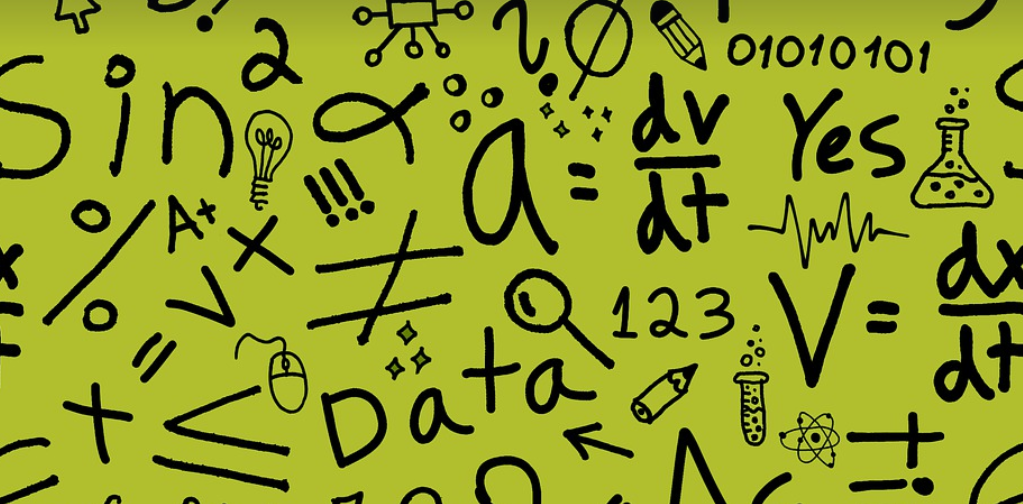
What’s a Literature Review, Anyway?
Imagine you’re trying to tackle a complex problem like the rising rates of chronic pain. You wouldn’t just jump in blind, would you? You’d likely start by exploring what research has already been done on this issue.
A literature review, essentially, is your guide through all the existing research related to a topic in nursing. It acts like a roadmap, showing you where research gaps lie and where exciting new avenues of study might be.
Think of it as a critical analysis of everything written about your chosen subject area – from groundbreaking studies to everyday clinical practices. It helps you understand the bigger picture surrounding your specific clinical questions or nursing practice areas.
Why Dive into a Literature Review Sample?
A literature review sample, especially one focused on nursing, can be incredibly valuable for several reasons:
• **Understanding Research Methods:** You’ll learn about the different types of research used in nursing (e.g., qualitative, quantitative, mixed methods) and how they contribute to the body of knowledge.
• **Identifying Key Themes:** A sample literature review can highlight recurring themes, concepts, and patterns across different studies. This helps you recognize areas of agreement and disagreement within the field.
• **Finding Reliable Evidence:** You’ll gain insight into which research sources are considered most credible in the nursing field, enabling you to approach your own work with a stronger foundation.
• **Developing Your Own Research Question:** A sample review can inspire you to think bigger and refine your research question, helping you focus on specific areas for further investigation.
The Anatomy of a Sample Literature Review
Let’s visualize how a sample literature review might look. You’ll typically find it organized in the following way:
• **Introduction:** This section sets the stage by defining your topic, purpose of the review, and potential contributions to knowledge.
• **Literature Search Strategy & Selection Criteria:** Here, you’ll explain how you went about finding relevant studies. Explain which databases you used (e.g., PubMed, CINAHL), search terms, and any filters or criteria you applied for your literature search.
• **Summary of Key Findings:** This section is where you highlight the most important findings from each study reviewed. It’s not about summarizing every word, but about capturing the key ideas, concepts, and arguments that emerged from those studies.
• **Synthesis and Analysis:** Here’s where your critical thinking kicks in – you analyze the findings to identify patterns, themes, gaps, or areas of disagreement between different studies. You might even compare and contrast different perspectives on the topic.
• **Conclusion & Implications:** This part ties everything together and provides a clear summary of what you’ve discovered. It also outlines the implications for your own research questions and practice settings.
• **References:** This section lists all the sources (studies, articles, books) used for your review to ensure others can access them and replicate your work.
Finding Your Sample Literature Review
A good sample literature review is often a starting point for your own research. You’ll gain valuable insights into how professionals in the field have approached similar topics, which will guide you as you develop your own projects.
Where do you start? Here are some resources:
• **Your University Librarian:** Often, university libraries have librarians who can help you find relevant literature and answer specific research questions. They often have access to specialized databases or journals that might be overlooked.
• Online Databases: PubMed (for medical literature), CINAHL (for nursing and healthcare research), EBSCOhost (a comprehensive collection of academic databases) are just a few examples.
• **Research Guides:** Many universities offer online research guides that break down the process of navigating these resources.
The Importance of Rigorous Review Process
The quality of a sample literature review depends heavily on the meticulousness and critical analysis applied during its creation. This doesn’t mean you need to be a master of every nursing theory, but rather that you need to develop your own understanding of how to extract meaningful information from existing research.
Here’s what makes a good review:
– **Objectivity:** Reviewing sources with an unbiased perspective is key. Avoid letting personal biases influence the way you interpret the information.
– **Thoroughness:** Don’t just skim or rush through the reviews – delve into each study to ensure you understand its methodology and findings before moving on.
– **Critical Thinking:** Don’t just take everything at face value – challenge assumptions, identify contradictions, and consider alternative perspectives.
– **Time Management:** A literature review can be a time-consuming process; it’s okay to break it down into manageable chunks and prioritize the most relevant information.
Putting Your Sample Review into Action
After analyzing your sample literature review, you should start to formulate your own research questions. Do you feel inspired by a particular direction? Are there gaps in existing knowledge that intrigue you?
Here’s where a sample literature review becomes incredibly valuable: it can guide the very structure of your studies. You may find yourself asking:
– “Why are some interventions successful, while others aren’t?”
– “What factors contribute to patient non-adherence?”
– “Are there different approaches to pain management in various populations?”
Final Thoughts: The Power of the Literature Review
The literature review is a powerful tool for any nursing professional seeking to stay informed, contribute to knowledge, and deepen their understanding. By engaging with this process, you’ll gain invaluable insights into the complex world of healthcare and contribute to building a more robust future for nursing.
Keep exploring, keep asking questions, and keep pushing the boundaries of what we know about treating patients. The journey of discovery is never-ending!




